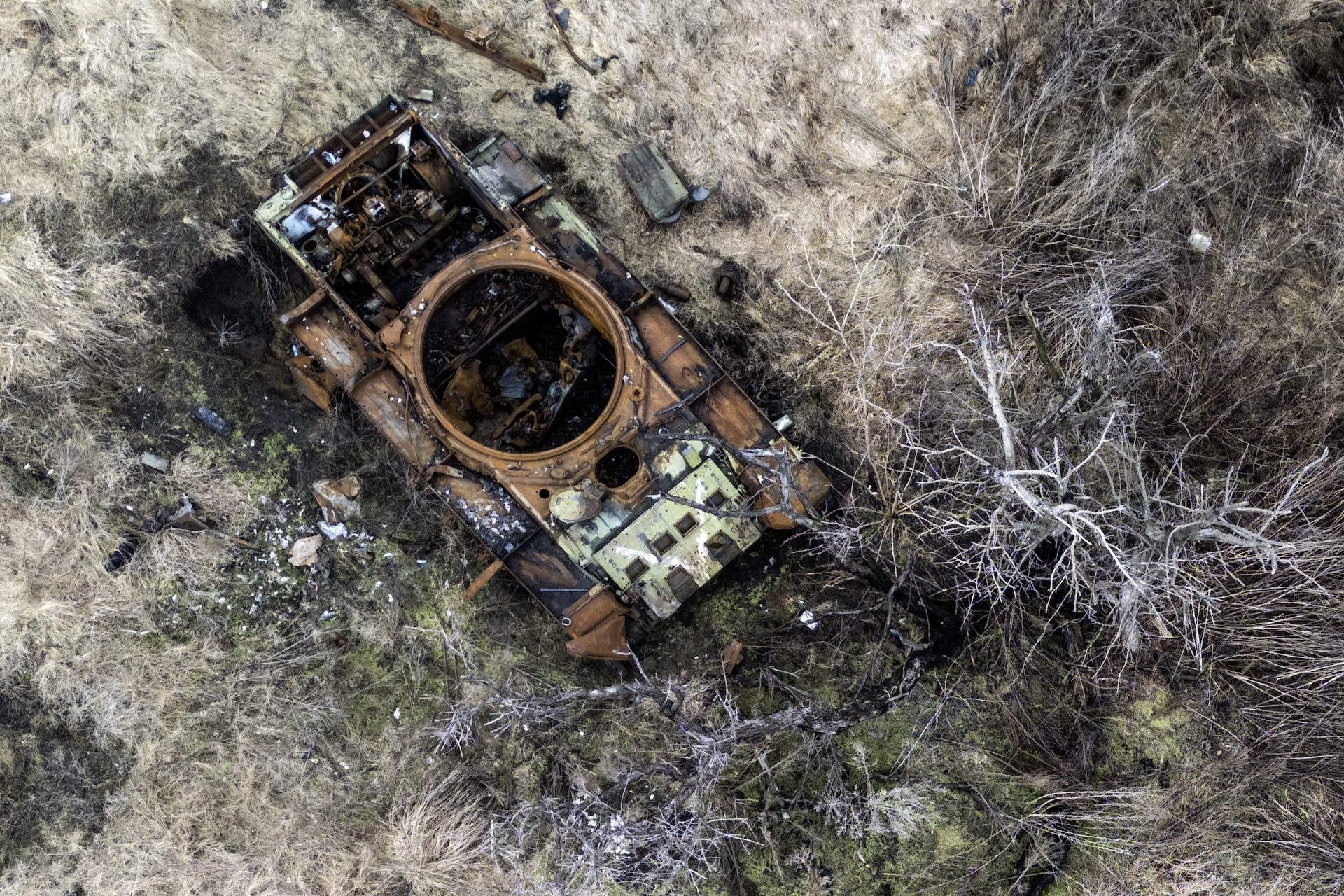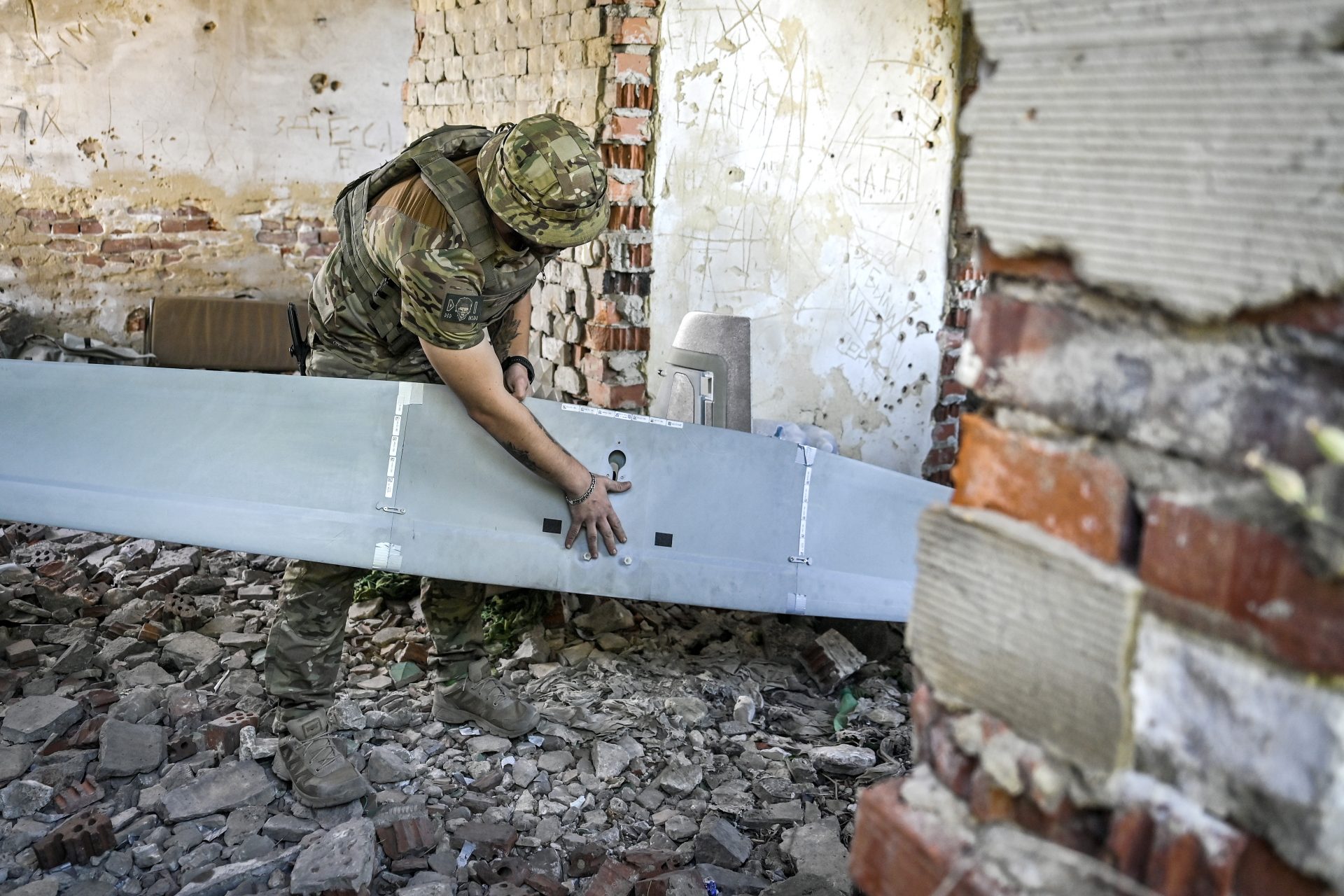Quaint but dangerous: the safety risks of living in older European buildings
Recent European news has been rocked by several accounts of building collapses, and with each new episode comes the shock of understanding what causes older European buildings to suddenly collapse. Is it material or human-related? What are the risks and are there any solutions?
Several factors can lead to the weakening of a building, starting with various climatic risks— such as heat, drought, and humidity—all of which gradually undermine the stability of a building.
A more surprising but real factor can be the excessive weight supported by the floor of a building, so be careful when furnishing your apartment!
There are several warning signs of danger that can sometimes lead local authorities to monitor the development of a building or issue danger orders to residents. You can identify danger in your environment by spotting and understanding cracks in your builds facade.
Once discovered, cracks can be evaluated using gauges, which do not give a precise idea of the immediate danger but will allow the building to be placed under surveillance. Cracks that cross the wall from side to side and of sizes that reach more than 2 mm wide and more than 20 cm long are the most disturbing.
Rapidly evolving cracks are a sign of impending danger. For example, when windows break or when doors no longer close, you should start to worry. Also, take particular notice if your stairs start to tilt.
Many European cities are located closer to water and there are several possible causes of water infiltration you should worry about.
A recurring leak, condensation in the event of insufficient ventilation, or even roof infiltration are all ways water can work its way into your building. The risk related to humidity can take time to be visible but it is undoubtedly the most dangerous in the long term, whatever the construction material of the building.
In the event of a potential collapse, work will be ordered, for example, the installation of props (vertical metal columns) may be made. But this work is sometimes insufficient to ward off collapse, as shown by the case of a building in France's rue d'Aubagne in Marseille.
In addition, some work may involve its own risks. For example, digging foundations to build a car park can lead to the destabilization of neighboring buildings due to soil decompression.
It is for this reason that construction engineers not only take into account the characteristics of a building (material, structure, age, condition), but also the immediate environment, such as the ground or neighboring structures.
Recent cases of building collapses in France raise the question of the condition and maintenance of older building stock. In Paris, the majority of buildings date from the Haussmann period (end of the 19th century), which requires more in-depth maintenance than newer constructions.
Other types of risks exist for the safety of older buildings, too. The Ministry of Ecological Transition in France has officially classified these risks into three categories: natural, technological, or those linked to everyday life.
Natural hazards are independent of the structure and condition of the building. These are events like earthquakes, landslides, floods, or avalanches. Asking your local town hall about these risks is a great first step toward your safety. For example, you could ask if your house is built on a flood zone.
Technological risks are, for example, an industrial accident or a dam break. In this case, the only real solution may be to move.
The last major type of risk concerns the dangers linked to everyday life: these are, for example, fires or problems linked to the safety of lifts or swimming pools. The solutions to avoiding these risks are simple, though, have the systems (electrical, in particular) checked regularly and check that proper use is made of the installations.
Drought constitutes a specific case of danger for the safety of buildings. The volume of clay soils can be altered by drought, sometimes resulting in cracks, burst buried pipes, or distorted doors and windows in single-family homes.
Another risk for buildings that has become increasingly talked about is dry rot, a fungus that devours everything made of wood and attacks both frames and floors.
Dry rot can channel the water needed to "digest" drier wood, can go dormant for long periods of time before resuming activity, and it persists even after the moisture source has been removed, hence its nickname “building cancer”.
Dry rot development can be very rapid if the right conditions are met: the presence of wood (whatever the type), high humidity, a temperature around 20°, and insufficient light and ventilation.
To avoid the appearance of dry rot fungus, certain precautions must be taken. Ventilate your damp rooms a lot, avoid storing woodwork, and eliminate water leaks or infiltrations as quickly as possible.
But what should you do if dry rot invades your home? The main thing is to act quickly if you want to save your home. It is also necessary to use a certified fungicide and to call on a professional because it is impossible to assess the extent of the area to be treated on your own.
More for you
Top Stories



































